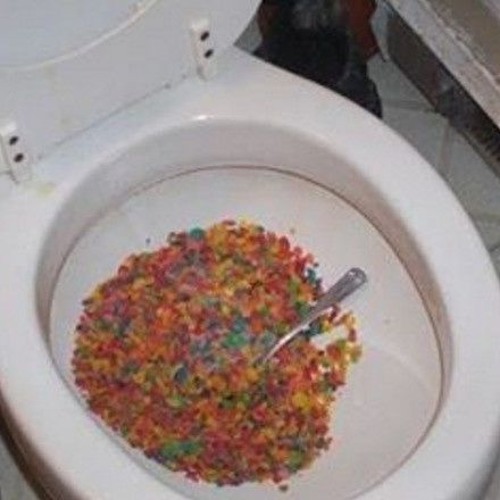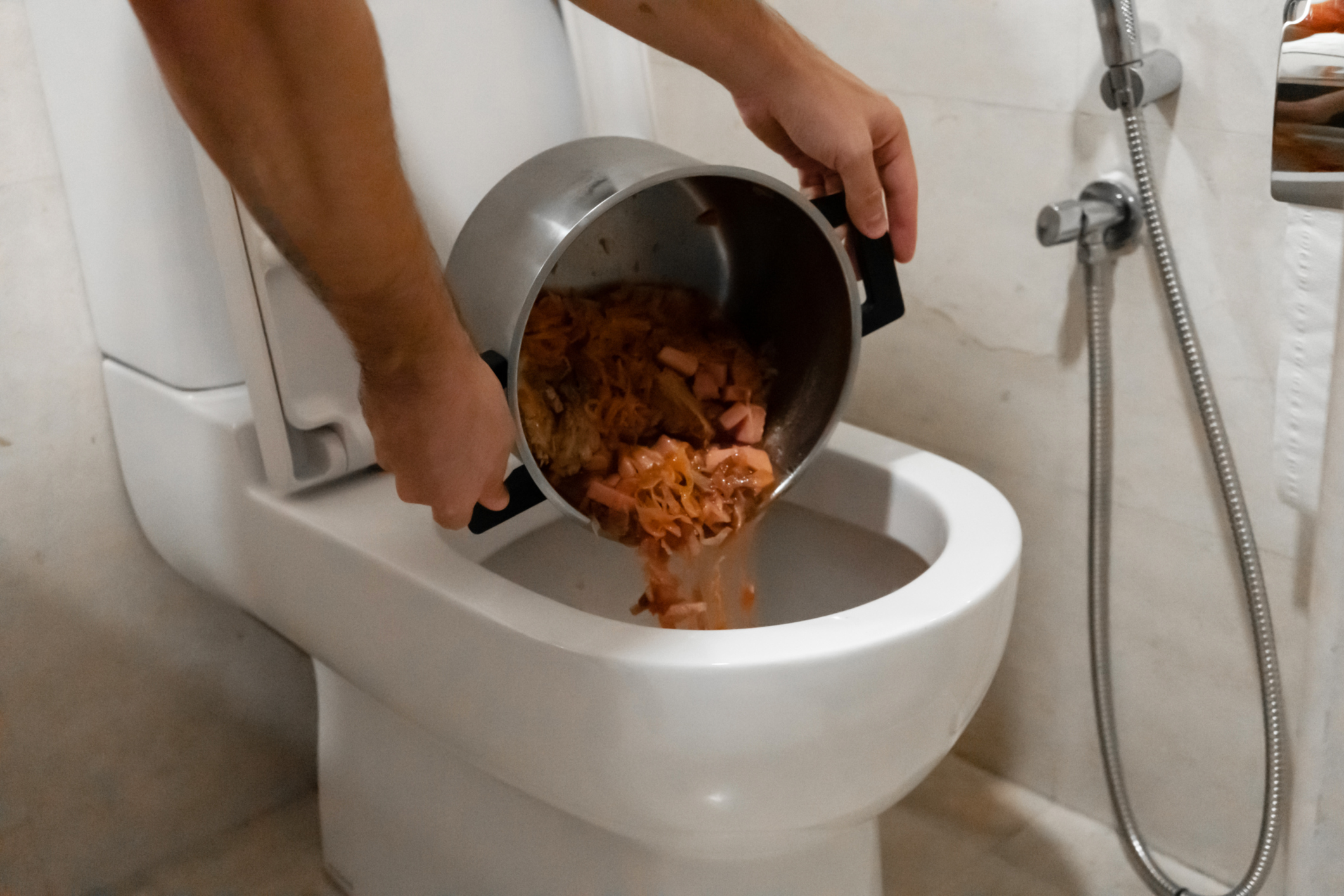Can You to Flush Food in the Toilet?
Can You to Flush Food in the Toilet?
Blog Article
Just how do you actually feel when it comes to Is it safe to flush food (especially rice) down the toilet??

Introduction
Lots of people are frequently confronted with the issue of what to do with food waste, particularly when it involves leftovers or scraps. One typical inquiry that develops is whether it's all right to flush food down the bathroom. In this short article, we'll look into the reasons why individuals may take into consideration purging food, the effects of doing so, and different approaches for appropriate disposal.
Reasons people may think about flushing food
Lack of awareness
Some individuals may not know the prospective harm caused by purging food down the toilet. They may mistakenly believe that it's a safe method.
Convenience
Flushing food down the toilet might look like a quick and easy remedy to taking care of unwanted scraps, particularly when there's no neighboring trash can available.
Negligence
In some cases, people might merely select to flush food out of large idleness, without taking into consideration the consequences of their actions.
Consequences of flushing food down the bathroom
Environmental effect
Food waste that ends up in rivers can add to contamination and harm marine ecosystems. In addition, the water used to purge food can strain water sources.
Plumbing concerns
Flushing food can cause stopped up pipes and drains, causing costly plumbing repairs and aggravations.
Kinds of food that must not be flushed
Fibrous foods
Foods with fibrous appearances such as celery or corn husks can get entangled in pipelines and create obstructions.
Starchy foods
Starchy foods like pasta and rice can take in water and swell, bring about blockages in pipes.
Oils and fats
Greasy foods like bacon or cooking oils should never be purged down the toilet as they can strengthen and cause blockages.
Correct disposal approaches for food waste
Using a garbage disposal
For homes outfitted with garbage disposals, food scraps can be ground up and purged with the pipes system. Nevertheless, not all foods are suitable for disposal in this way.
Recycling
Particular food product packaging materials can be reused, lowering waste and minimizing ecological impact.
Composting
Composting is a green way to dispose of food waste. Organic products can be composted and used to improve dirt for gardening.
The importance of correct waste management
Minimizing ecological injury
Appropriate waste monitoring practices, such as composting and recycling, assistance reduce air pollution and protect natural deposits for future generations.
Securing plumbing systems
By staying clear of the practice of flushing food down the commode, property owners can prevent expensive pipes fixings and maintain the stability of their pipes systems.
Final thought
In conclusion, while it might be appealing to flush food down the commode for ease, it is very important to comprehend the prospective effects of this activity. By taking on correct waste management techniques and getting rid of food waste responsibly, individuals can contribute to healthier plumbing systems and a cleaner atmosphere for all.
FLUSH FOOD DOWN THE TOILET?
FLUSHING FOOD CAN CAUSE BLOCKED DRAINS IN YOUR HOME
All of the plumbing fixtures in your home are connected to the same sewer pipe outside of your home. This outdoor sewer pipe is responsible for transporting all the wastewater from your home to the Council sewer mains. Even small pieces of food that go down the kitchen sink can cause problems for your sewer. It should therefore be obvious that flushing larger bits of food, such as meat, risks a clog in either the toilet itself or the sewer pipes. Flushing greasy food is even more problematic because oil coagulates when it cools, coating the interior lining of your pipes.
THE TOILET IS NOT A BIN
Food isn’t the only thing that people shouldn’t be flushing down the toilet. People use the toilet to dispose of all kinds of things such as tampons, makeup wipes, dental floss, kitty litter and even underwear. Water goes to great lengths to educate residents about the high costs and stress placed on wastewater treatment systems simply from people flushing the wrong stuff down the toilet. It costs taxpayers millions of dollars each year, and homeowners thousands in blocked drain repairs.
FLUSHING FOOD IS A WASTE OF WATER
Flushing food is a waste of our most precious resource - water. In June this year Level 1 water restrictions were introduced to protect water supply from drought conditions. Much of New South Wales continues to be affected by prolonged drought with recent figures revealing up to 97 per cent of the state remains in drought. Depending on whether you have a single or dual flush toilet, every single flush uses between five and 11 litres of water. In the current climate this is a huge amount of water to be wasting on flushing food that should be placed in the bin (or better yet, the compost).
https://www.jabplumbingsolutions.com.au/blog/can-you-flush-food-down-the-toilet

I'm just very interested by What Can Happen If You Flush Food Down the Toilet? and I really hope you enjoyed reading the new page. So long as you liked our blog posting plz be sure to pass it around. Thanks a lot for your time. Revisit us soon.
Go Deal Now Report this page